
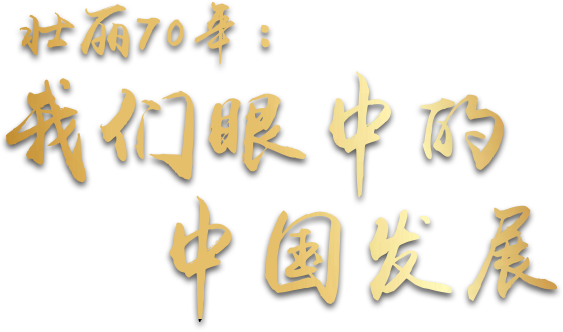








À¯ûè¿éæÍçἧy(t´₤ng)ùÅgÅÒ؈¼°Å¤ë¯l(f´À)PȘÔ@òúìÆÖà¨àùŸçáöá£₤¿ÍÀÈÀÝ
âÙö¼¯§ù¿ Ș77q
éû§É-¡þù¿ çáçÖأǺ¼°Åàù
Traditional Mongolian art should be protected and promoted, and it belongs to all of humankinds.
Raxiodser, 77
Inheritor and singer of Mongolian epic cycle, The Epic of King Geser


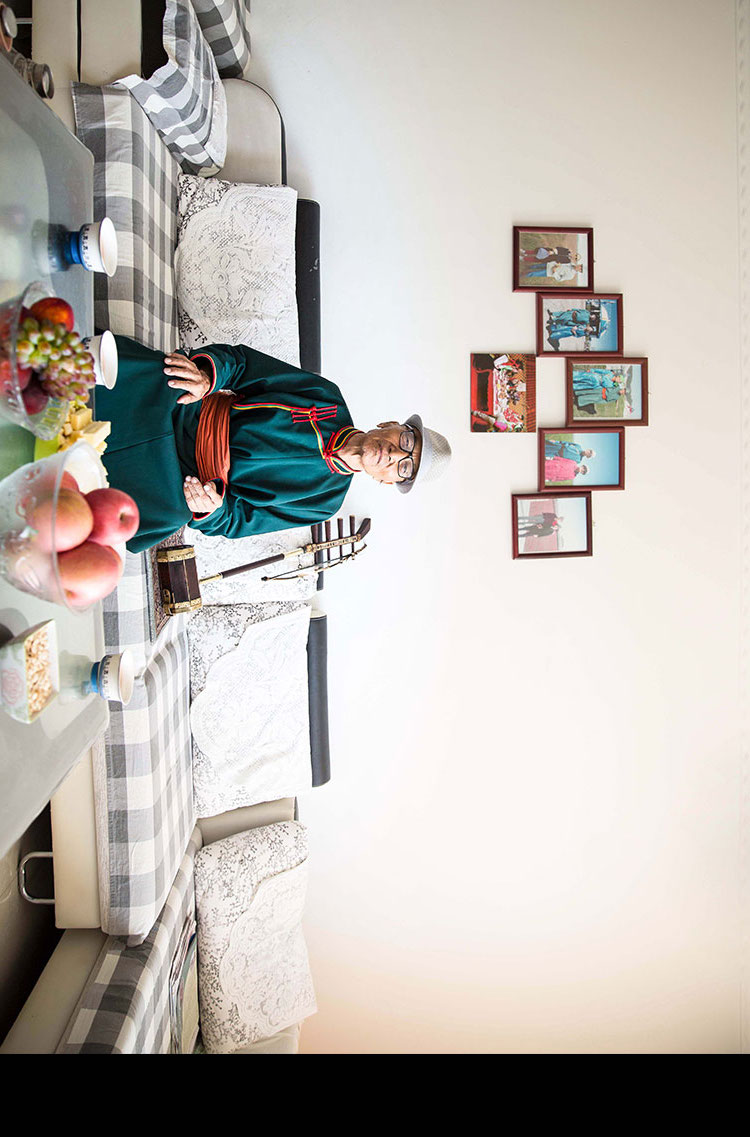



Úæåë´Ô|òÅ庶äÄóšçáâÙö¼¯§ù¿ §þáõ77qêùÀÈÉéˆø½òøøÅçáù᤺Șù«ïpôؼ°ˆø½ÀÑ¡þù¿ ÀñøÅçá§çðúºÑöÀÈÀÑ¡þù¿ ÀñÝ£æuÕòâ§ÓæŸÕLòñåȘáõÆãóÔîÛçáâÙö¼¯§ù¿ âüàùàåáÉØ£æøý£ôˋçÄÆæÀû¢Ø£ƒð¡Òå~ÀÂû¢Ø£äÅ»ôèÀÈ
Holding his four-stringed fiddle, 77-year-old Raxiodser, a musician from Jarud Banner in Tongliao, Inner Mongolia, can still remember the texts of the À¯Epic of King Geser,ÀÝ an ancient epic cycle reputed by some to be the longest in the world.


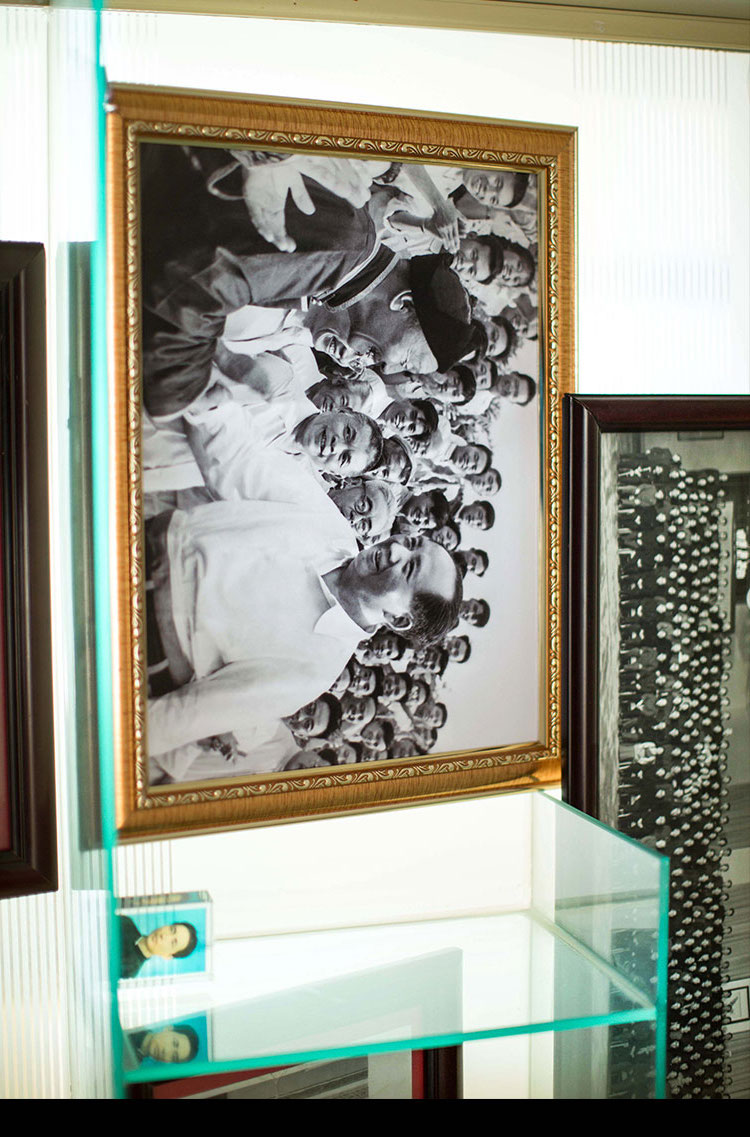



16qrȘâÙö¼¯§ù¿ ¥ÆàŠêù¾ämáê·TȘ°èÕØ£û«¿ãsçáûþÕgùÅg¥ØÀÈÇ·áúróÞȘù«ƒëQÑ´ñŸ¨Iæ奤çáØ£èºÈ˜¼°Åý¤ŠP¼§y(t´₤ng)öá£₤ÀÈ°ÅÀÑ¡þù¿ Àñǵéû§ÉȘù«ÂÔ@Ø£ËǵçáûþÕgùÅg¯l(f´À)P¿ãǵÀÈrøê§þàíȘåSÑÁáõïpùÅg¥Ø?gu´ˋ)°Åù«È˜ÂÔ@Ø£öá£₤¿ÍñŸ¨I§oòâ§Ó¡¼çÄçáÆ^ÝÀÈ
ÀÑûè¿éæÍíf°ˆùÅg¥ØâÙö¼¯§ù¿ À¯ý£ë■°¾Åá ¼°ÅûþæÍöá£₤ÀÝÀñ
■c¶Õæx
As an artist and a promoter of traditional culture, he joined Ulan Muqir, a traveling art troupe performing for herdsmen in remote areas at the age of 16, and has dedicated his whole life to preserving traditional Mongolian Culture. Now he has countless students, who help him to introduce the Epic of Geser to the world.
Culture inheritance in Inner Mongolia: the story of great King Geser






À¯ûèÃt(y´ˋ)ùçávòñåÇÔhê¼ÕLÀÈàÓ§þȘÔ@Ø£ûþæÍ¿Íí»åÖøÞuëédȘáØ£ÕTï^ÕÅÀÝçἧy(t´₤ng)Ãt(y´ˋ)WßDæ?y´Ùu)Õüç§y(t´₤ng)˜F(xi´Ên)ǺçáÃt(y´ˋ)ù¢óWȘա■ÑÁàùùªòšøˆÀÈÀÝ
¯æˋMÑ¥âÙȘ63q
àûè¿éûþæÍǵWëùÅïûèö¼Ãt(y´ˋ)§Y¤üéRÇýÃt(y´ˋ)W§äòÖ
À¯Generally considered to date back to the time of Genghis Khan (1162-1227, founder of the Mongol Empire), TMM is now stepping out of a relatively small circle of practitioners to reach more people.ÀÝ
Bayanmandula, 63
Retired professor of traditional Mongolian medicine (TMM)






ŠmØîëùÅïÑÁáõȘ63qçá¯æˋMÑ¥âÙØâà£ä(zh´ˆ)ø½ÆÖûèÃt(y´ˋ)ùçá¢óWîŃ¢ÀÈæ¼ÕÀ¯öá¡ÿÀݤµçáçÖØ£éºûèÃt(y´ˋ)ÈI(y´´)ǵWèºÈ˜¯æˋMÑ¥âÙÂæ奤çáúÁǤ¤ëÃí\Ñ¥ñŸ¨I§oêùûèÃt(y´ˋ)ùÀÈâüµKñ■âȘøƒåÖúÏâÿÀÈàÓ§þØî§ëùÅïçáù«Øâà£ÕWèºøvínÇÞØèȘÂÔ@ÕT¿éâü¼§y(t´₤ng)Ãt(y´ˋ)WçáûÄûɼÔf§oáõïpçáأǺàùÀÈ
Born into a Mongolian family, Bayanmandula started to grow a keen interest in TMM when he was a child. When China's national college entrance exam, the gaokao, resumed in 1977, Bayanmandula took the exam and was admitted to the Inner Mongolia Medical University, becoming one of China's first university students to major in TMM.






v§ç(sh´Ç)òÛáõçáÅê¢Á¡«åéȘ¯æˋMÑ¥âÙùªåÖçáàûè¿éûþæÍǵWûèÃt(y´ˋ)ùWå¤Øî§ÚÆůl(f´À)û¼Èâ«15ÀÂÅôùæC½2ÀÂéRÇý麥±6ȘÈø½60ÆÁý¢ÀÈû¢áõȘ°˜Ô^1100û«øÅëãWèºÚàûèW꼧y(t´₤ng)ûèæÍÃt(y´ˋ)ùȘåSÑÁW°è¤µÑ¥°èÕêùÈI(y´´)çáûèùÃt(y´ˋ)ÀÈ
ÀÑëédøÅçáûèÃt(y´ˋ)ùȤ¼§y(t´₤ng)éc˜F(xi´Ên)Ǻçáëõûâ§Y¤üÀñ
■c¶Õæx
After decades of hard work, Bayanmandula and his colleagues have successfully conducted over 300 TMM research programs. Every year, over 1,100 domestic and foreign students come to study TMM, many of whom go on to become professional TMM physicians.
Revival of traditional Mongolian medicine: a combination of old and new


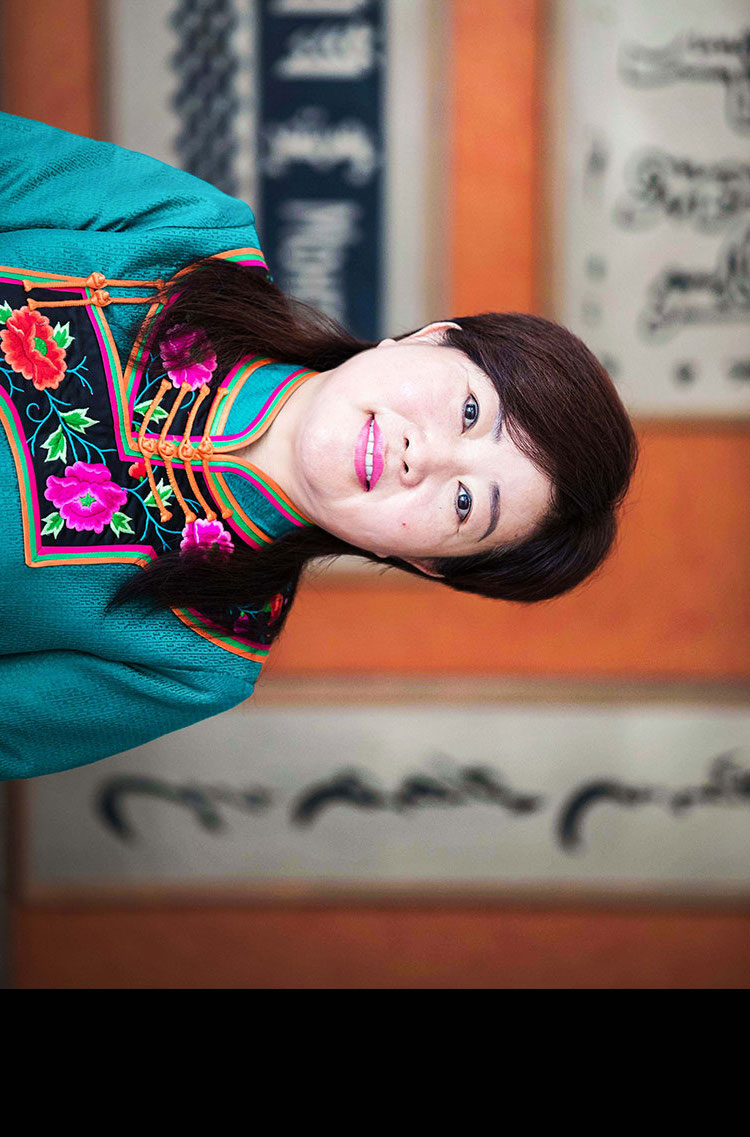



À¯óíë´åòúöØøŽàùçáá¡íZȘûèíZòúöØûè¿éæÍàùçáöá£₤¡ªåÇȘÆÂöátæöØçá¤ÂæÆæÔü·òâ§ÓȘù«Â°èÕàûè¿éÅôrǺçáŸI¤§TÀÈÀÝ
¢çüý˜È˜52q
庶äÄóšûè¿éæÍ·ÅÀWÅÈÕL
À¯The Mongolian language is our cultural root, Mandarin represents our identity as Chinese, while English makes our students international citizens, our children will lead Inner Mongolia to a brand-new era.ÀÝ
Kangxima, 52
Head of Jarud Mongolian Primary School


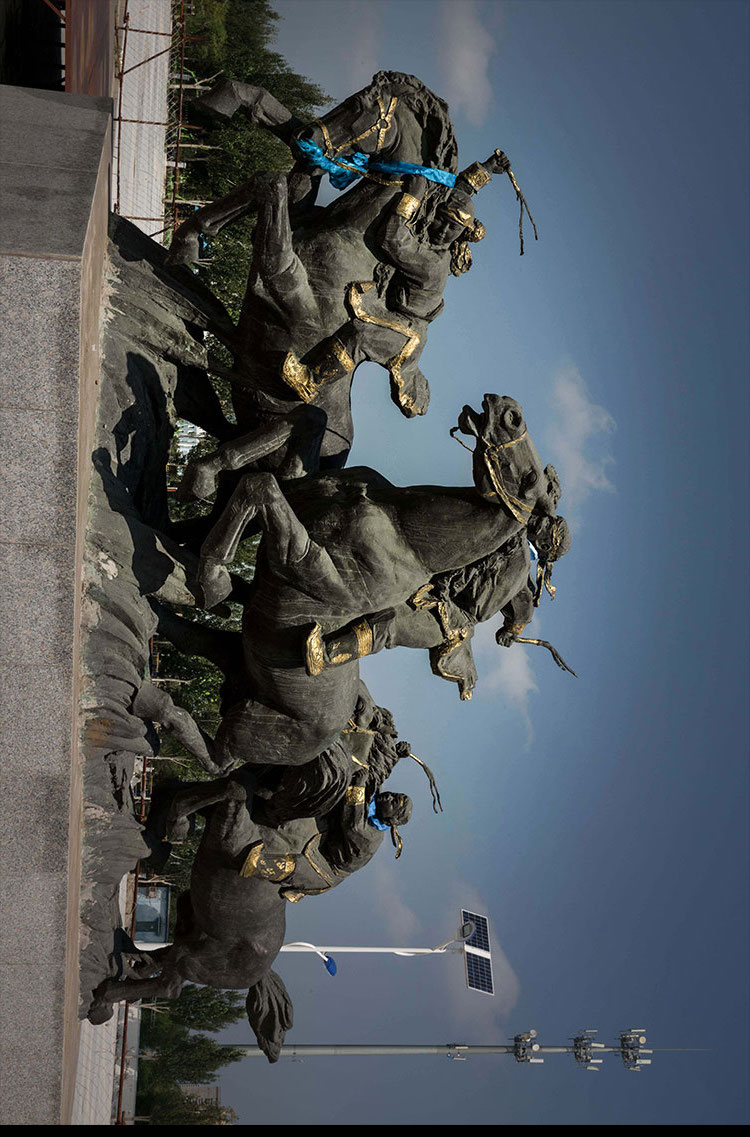



æ¼ÕøŽûè¿éæÍàù¢ÖæŸÑÁçáçÄ¥òÅȘë´Ô|çáûè¿éæÍíZîå¤ë¼§y(t´₤ng)öá£₤§äÆ»¯l(f´À)í¿î¡ûëȘñ§édöǯ˜ÀÈåÖà¨òÅ109ùªØåûèíZòÖínȘ¤ŠPûè¿éæͼ§y(t´₤ng)öá£₤çáøÅÅÀWøÅȘ庶äÄóšûè¿éæÍ·ÅÀWçá§äÆ»°è¿«ÆàÕ°—è¨ÀÈ
Located in Tongliao, a city that has the largest Mongolian population in China, Jarud Mongolian Primary School is one of the 109 local schools that feature traditional Mongolian culture, as well as using Mongolian as their primary teaching language.


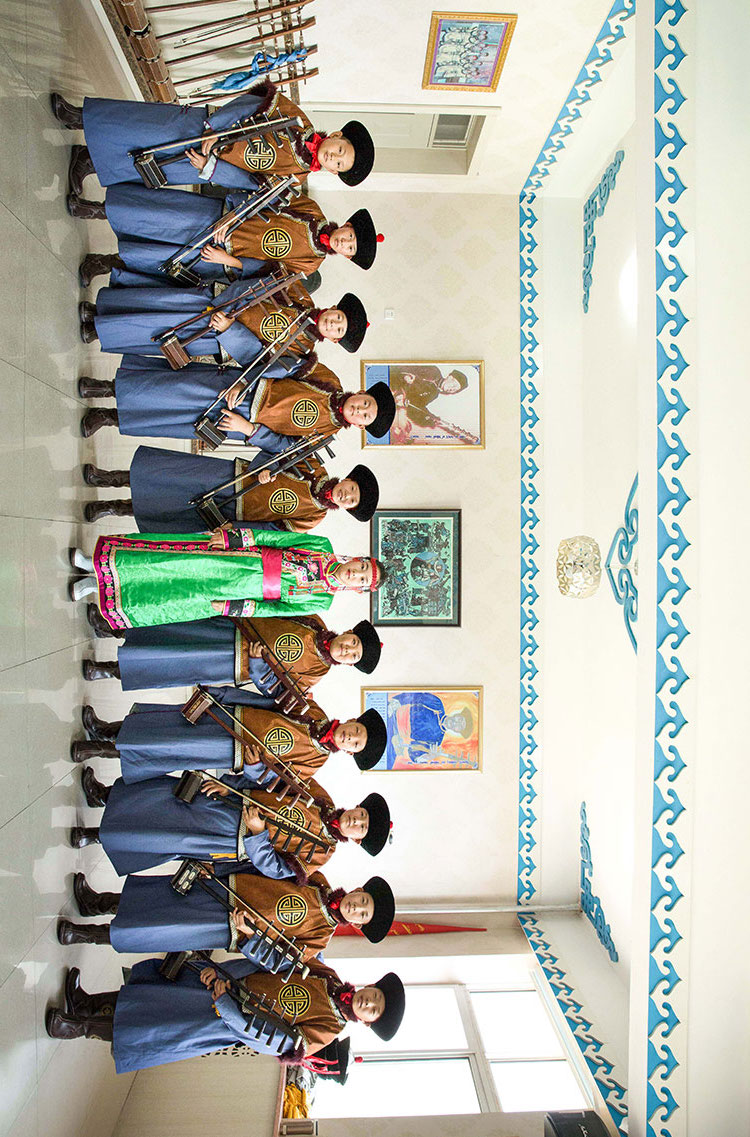



æå2005áõóÞȘ¢çüý˜ÝÐÕ_ò¥î«íûè¿éæÍûþÕgùÅg¥ØÚWÅÈÕ_åOûèæÍöá£₤édàʯÁȘýÂó¡ÆûÈI(y´´)§äéÁÞB(y´Èng)¤ÂæÆÎ݃ûþæÍöá£₤çáÃÜÀÈá¢ú¯WÅÈÕ_åOòÛÆÁûèæÍöá£₤édàʯÁȘ§äòÖ¾êΡþ ÀÂþRŸ^úìÀ¢ó úÔûþ¡ÒÀÂûè¿éüµóÍçà¢óá¢ÀÈ
Though traditional Mongolian culture has always been a compulsory course at school, Kangxima invited cultural experts to develop a systematic teaching module for the students. From 2005, Kangxima and her colleagues began researching Mongolian culture, as well as designing a professional course for the students.






À¯öØòúØ£§äÆ»¿Êæ¼íÔȘØýòúØ£çÄçÄçâçâçáûè¿éæÍàùÀÈåÖê¼ÅÅöá£₤_¶¼§y(t´₤ng)öá£₤çáǵÙh(hu´Ân)ƒ°üôȘÝÈæo¤ë¼°Åûè¿éæÍçáöá£₤¿Íƒëÿ@çûÆàÕøÄ؈ÀÈöØçá¤ÂæÆ؈¤È¥{¯ìÇ´ÀÂýˋýèÝÕLȘåÖíóöí݃ûþæÍíZîåöá£₤çᣪçAèüȘÔ؈F§Yóðù«ûþæÍçáÅÀ£ÿ¯ÕȘêù§ãòâ§Óöá£₤ÀÈæ—Ø£ÃÜæ̽çáøŽàùȘأØåûþæÍöá£₤Õsçáûè¿éæÍàùȘأë´åòâ§Óçáòâ§Ó¿¨ûþÀÈÀÝ¢çüý˜ífÀÈ
ÀÑýïåÙöá£₤çáâ^°ÅíÔȤñ§édöǯ˜çáàûè¿é¼§y(t´₤ng)öá£₤§äÆ»Àñ
■c¶Õæx
"As a Mongolian myself, I know how important it is to preserve our traditional culture, especially nowadays, when market-oriented popular culture prevails among the young generation," said Kangxima, head of Jarud Mongolian Primary School.
Cultural inheritors on the grassland: traditional art thrives in Inner Mongolian schools






À¯°ÈÆÅàù¡ºöØíføöè°øýðý£òúéÛàùå¡èçᣟȘç¨öا^ý£íJë˜ÀÈéÛàù¤ëáÅàùØ£ÆÆÅòøÆÅá_ȘأÆÆô¡ØåȘØýØ£ÆáÉÕ¥ØÁl(xi´Àng)çáƒG£₤¤ëè°áÛçáøöâÚĨIæ奤çáêÎê¢ÀÈÀÝ
¯§äÄ¡■£´È˜43q
ˆìFù±âÙÌ(zh´´n)øöè°ûþ¿Êõ õ ÕL
À¯People told me that planting trees was not a job for a woman. I wanted to prove to them that women are as strong as men, and we can also make our contribution to stopping the spread of desert.ÀÝ
Otgonhuar, 43
Leader of sand control team in Kubuqi Desert






¯§äÄ¡■£´çá¥ØÁl(xi´Àng)ˆìFù±âÙÌ(zh´´n)ö£ÆÖøŽçÖóÔǵè°áÛÀˆÀˆšý¥óðè°áÛçá¡¿çÄÀÈÅÀr¤·çᯧäÄ¡■£´å¼¤è°áÛȘ弤æ奤çá¥ØÁl(xi´Àng)ÀÈåÖù»¢ÇÚȘè°áÛëäòèêùù»èº£ŸøÅØ£úÅûâ¤ûçáòôöÿȘôþåÃêùvǺàù΃Gè¨çá¢òë«ÀÈ
Living in Duguitala, a small village nestled in the Kubuqi Desert, China's seventh-largest desert, Otgonhuar used to hate her hometown and the deserts surrounding it.






À¯ÅÀr¤·È˜öØ¥Øçáñ¢ÕT°ÈåÖأؿøÛÕgƒëÝ£è°æÆÑôæÀȘø£áÉóóǯѽ°—ÀÈñ¢öï°ÈÝ£■Sè°îÖôþȘÛ?sh´Ç)Äàùø£áÉý£ëÈçįåØÀÈÀݯ§äÄ¡■£´ífçâÀÈ
"When I was a kid, moving dunes would block our doorway overnight, and we had to fight our way out from the windows. Our houses were constantly buried under sand, so we had to move quite often," said Otgonhuar.


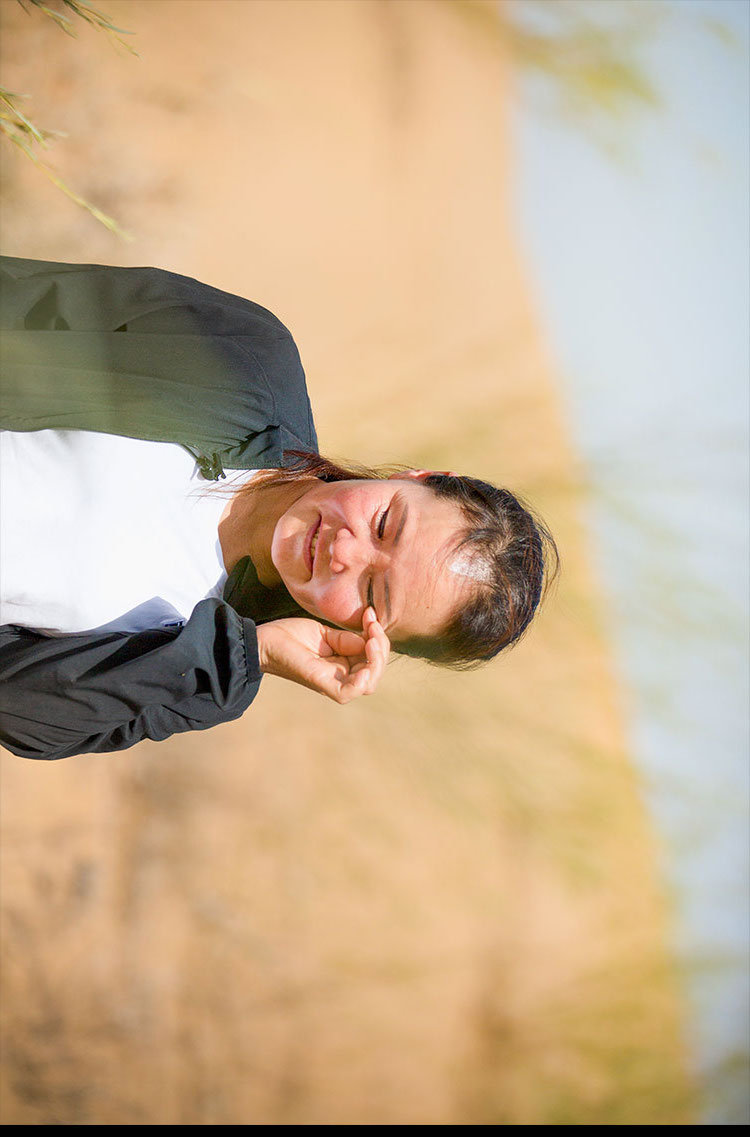



ŠSø½šý¥óðÇˋè°¿¨ôñçáÕ_ë´È˜¯§äÄ¡■£´çáüŠñ´¯l(f´À)èºêù¡áæÀÈù»ý£åìÎè°áÛøýðÔ@Ø£°¨æhÁëøÛØåÝúȘѽòúà¨èÚÅáçÄëÑàŠóðøÅȘüŠØˆÕ¥ØÁl(xi´Àng)ȘÕè°áÛÏÚØ£á´ìFçáƒGè¨ÀÈæ¼ÕˆìFù±âÙÌ(zh´´n)200ÑÁøöè°ûþ¿Êõ ö´Ø£çáéÛõ ÕLȘ¯§äÄ¡■£´ü·òâàùæCû¼È˜éÛàùáÉÚ¯ŠÔ
äšÈ˜éÛàùáÉñN¯ŠóôðÀÈ
In 2007, Otgonhuar received an offer from a local company to plant trees in the Kubuqi Desert. She gathered workers from poor families and began her tree-planting business. Under her leadership, 25 low-income workers now earn a daily wage of around 200 RMB.


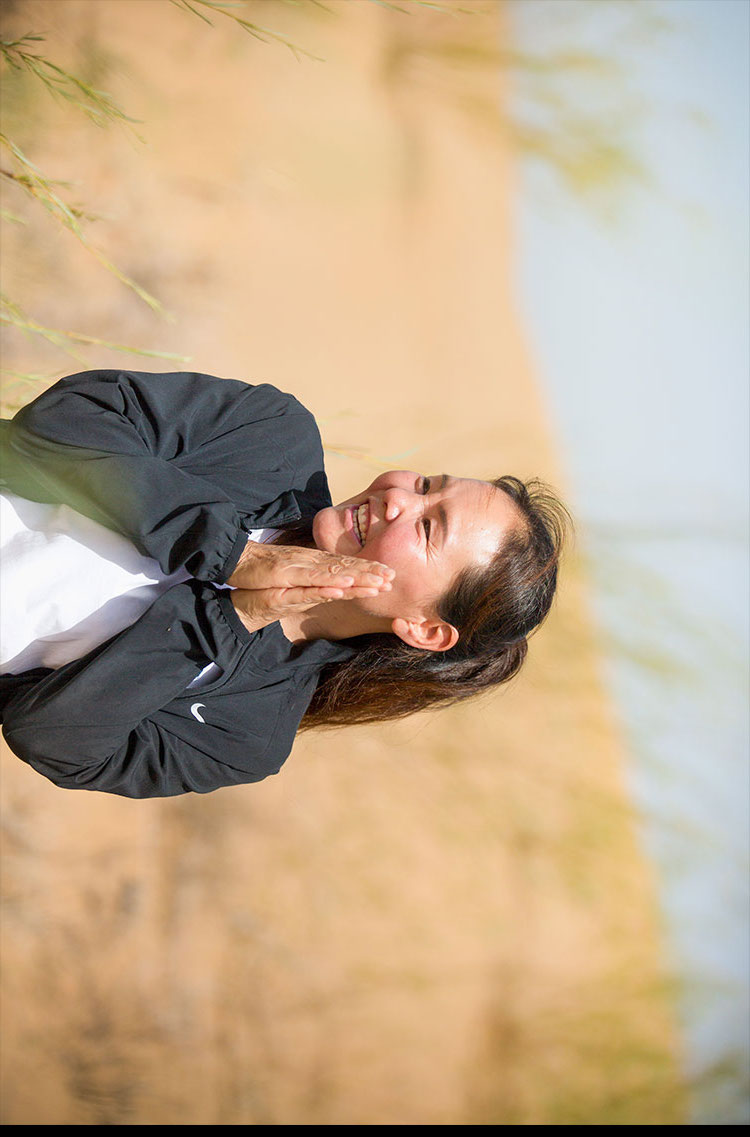



À¯öØçáûþ¿Êõ ¿áŸéÛÅåçá¥ÆàŠÀÈöØüÈë«ù»áÉ[ûòâùæó¨Ø¤ëæåèÚçáƒøüßȘǵáçÄëÑàŠç§æ奤ùªÃÜçá¿Êæ¼øÅÀÈÔ@òâèü]ÆÅáÅàùáÉæ—ȘéÛàùý£áÉæ—çáòôúÕÀÈÀÝ ¯§äÄ¡■£´ífÀÈ
ÀÑÀ¯è°áÛûç¿ÍÀݯ§äÄ¡■£´Àñ
■c¶Õæx
"Many women, who dared not to step out of their comfort zones, were encouraged to join my team. There is nothing a man can do that a woman can't," said Otgonhuar.
Roses in the desert: planting an oasis between the dunes


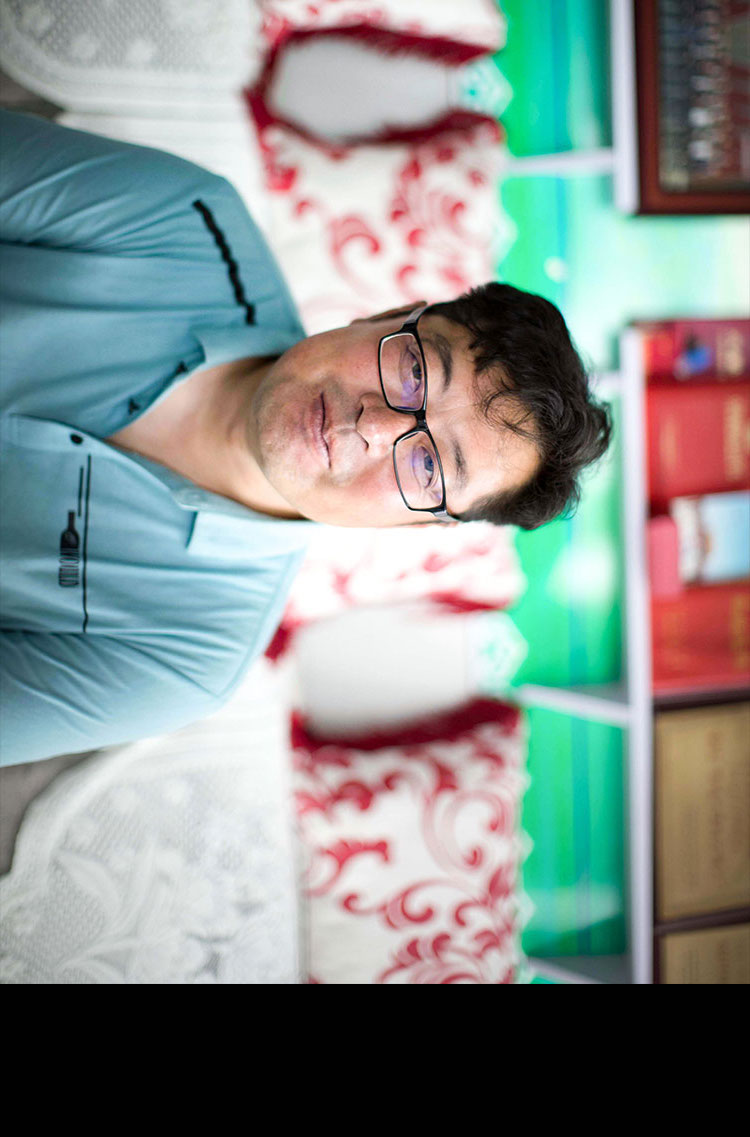



À¯éÈ¥S¢èØåÆûÚÕáêýïòˋñòȘàù¿ÊñNøýçáÆÅCáêýïÆøáÉÕéÈà¤äÿˋÞB(y´Èng)êüȘÝÈæoýïåÙý£òÉ«¤ÎÀÈýèÆûÅô¥¥ÅgÞB(y´Èng)éȤµÈ˜öØçááêûþçûØåûÄȘýïåÙçáÙh(hu´Ân)ƒ°Øý¡■¤ûêùÀÈÀÝ
§Þè§È˜39q
¢ó浤µóš¯ë¡ôù±âÙäKáƒáü¯ë¡ôýÕ■høÏý¢½Æ
"Cow manure can be used to grow shrubs and grass, while foraging naturally can help cattle grow healthier and faster. Now all of our cows are kept in controlled areas to help protect the local environment."
Liu Jinshan, 39
Cattle breeder, leader of poverty alleviation


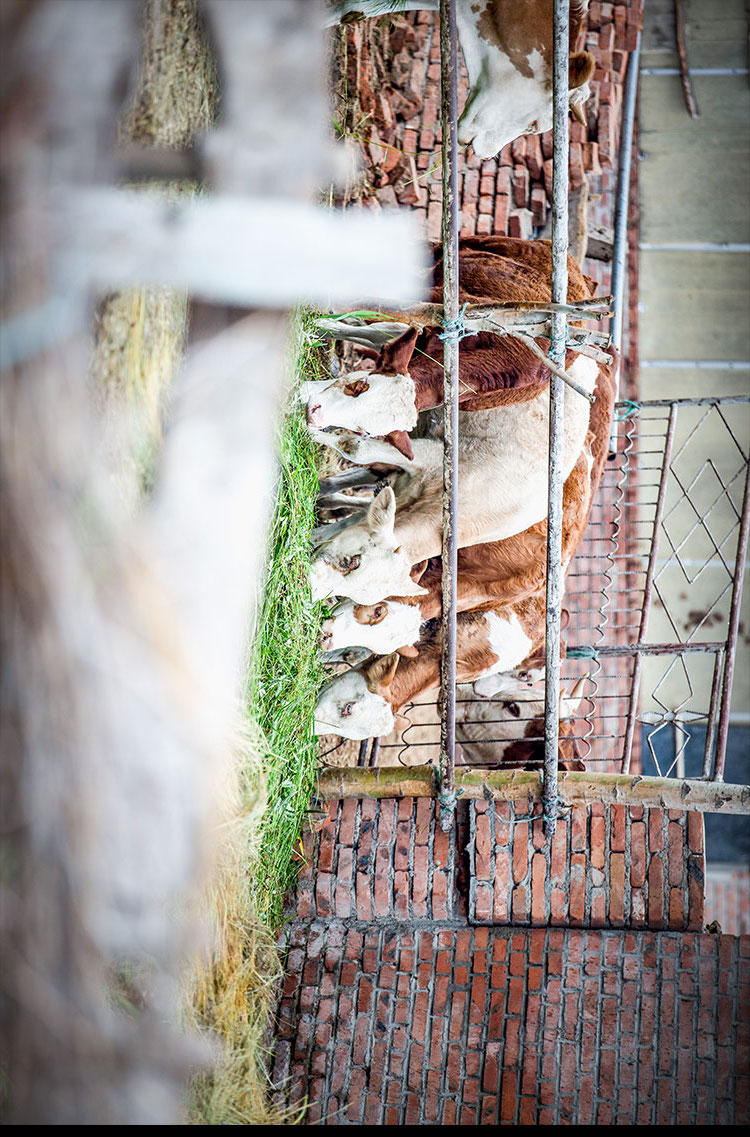



íÏ¢ÇøÛüôȘ§Þè§çáÞB(y´Èng)éÈ—ýÂý£óÞîÜȘÔ@âÿ
sòúøŽö¼ÕTù± éÈçá¯l(f´À)åÇçÄȘØýòúþYû«øÅëãçá¢ó úÔéÈàãçá¿òÁl(xi´Àng)øÛØ£ÀÈ
Located in Horqin Left Rear Banner of Tongliao, Inner Mongolia, Liu Jinshan's small pasture is not impressive at first glance, but the cattle here enjoy worldwide popularity. Horqin beef, the only meat produced in China that is recognized by the International Meat Secretariat, has helped locals leave poverty behind.


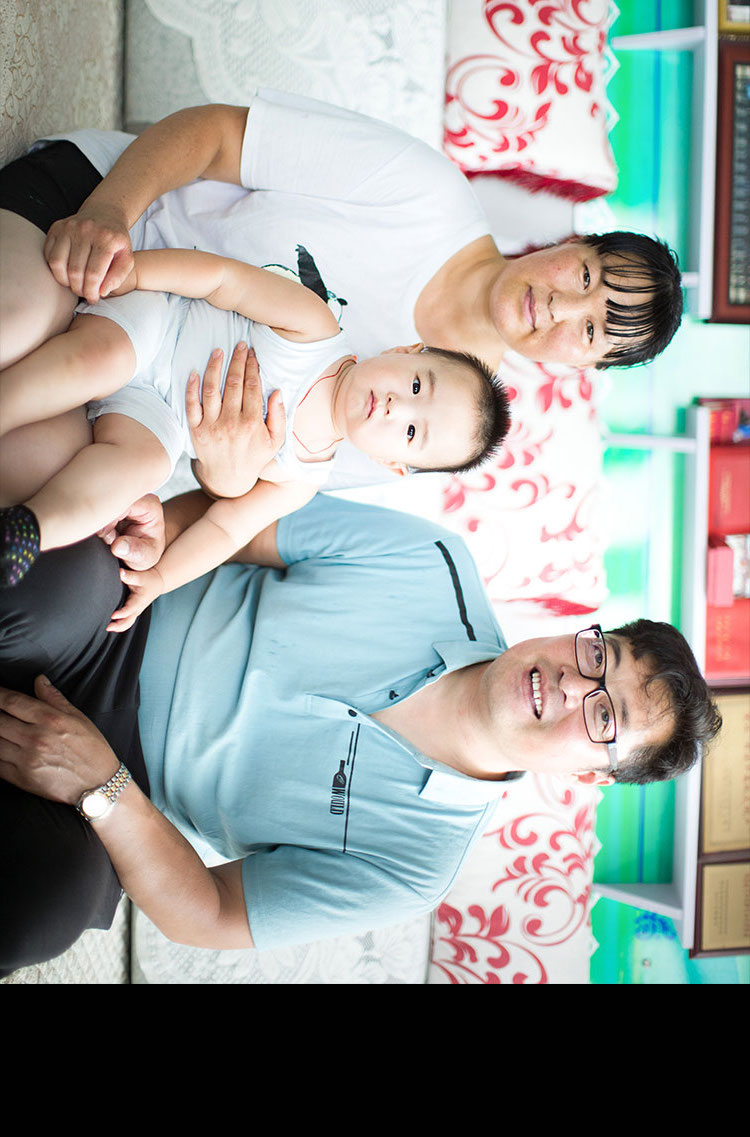



á70áõǺóÞȘÛ?sh´Ç)ÄÝÐÂ݃çÄ■SéÈécÆè¥ÆáûǵػÔMçáö¼ÕTù± éÈŠs§£È˜røê§þàíØî§éÁÆ»êù5ǺŠs§£À¯¢ó úÔéÈÀÝȘݣñQÕøŽçáÀ¯ö¼ÕTù± éÈÀÝÀÈ¢ó úÔéÈàãì|¾ráÜȘ°èÕÛ?sh´Ç)ÄæŸÆÅû«çáäÄÛaȘåÖòâ§ÓèüØýüÚÆÅûâæuÀÈ
According to Liu, technology and brand awareness are the secret weapons that helped Horqin beef earn its global reputation. Residents formed a cattle cooperative in 2012, where resources and investment were gathered to adopt advanced technologies, as well as develop marketing strategies.






¢¢ÞB(y´Èng)éȯl(f´À)¥Øçá§Þè§ý£ç¨æ奤ûÄȘÔÏø½à¨ÇÍàùØ£óÞøô¡£ÀÈå½æ¤örȘÛ?sh´Ç)ÄçáÄâÏ¥ØëËáõòíàŠø£ÆÅý£ç?000åˆÈ˜˜F(xi´Ên)åÖû¢¶àù¥ØÑ¥øêèìÞB(y´Èng)4Ÿ^éÈȘû¢Ÿ^éÈçá¥â«ƒë¡ÔÔ_5000åˆÀÈ
ÀÑàûè¿éßráêûþȤå°øÀ¯ƒG¡£ë˜édÀÝÀñ
■c¶Õæx
With the reputation of Horqin beef spreading globally, locals have also gained great benefits. Most poverty-stricken families used to earn less than 2,000 RMB per year, but now, every household in Liu's village keeps at least four cows, and each can generate a net profit of over 5,000 RMB.
Poverty Alleviation in Inner Mongolia: Tradition, innovation and greenery


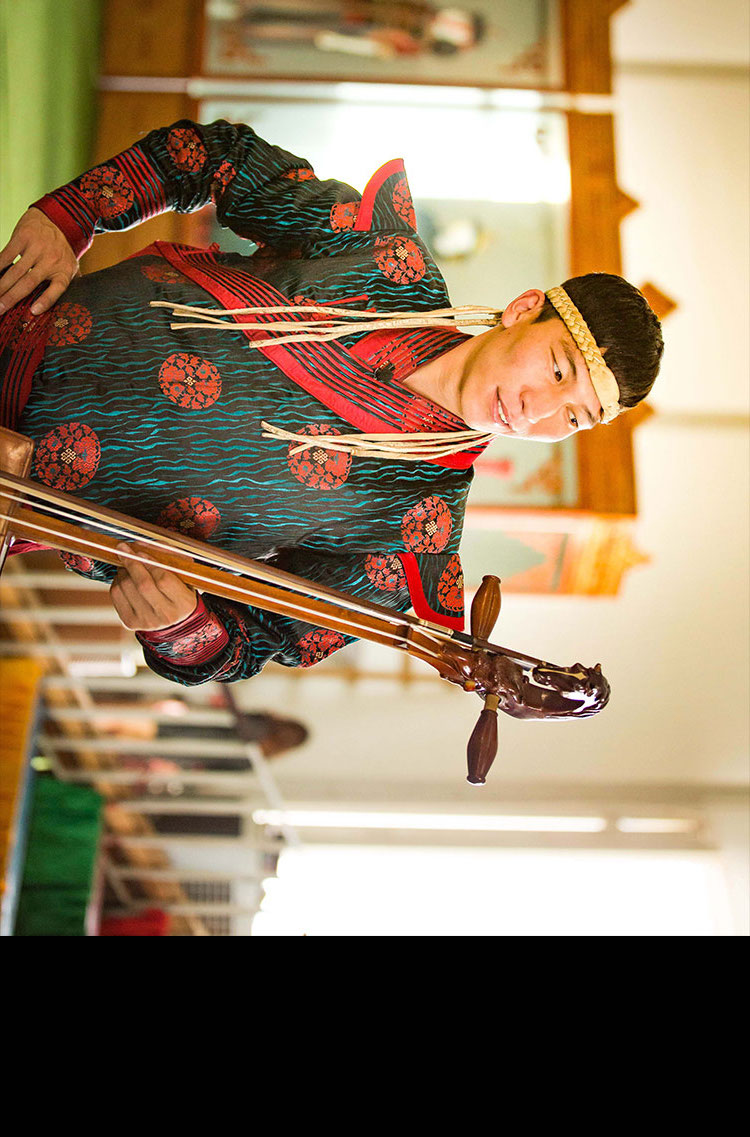



À¯¤¶«òúØ£ÚvòñÆóƒûçáûè¿éùÅgÀÈöØæx½çár¤·Wꤶ«È˜˜F(xi´Ên)åÖçá¿Êæ¼tòú¤¶«ÝÚîïȘ¤¶«æöØÕ¼§y(t´₤ng)öá£₤¡Å秷¯êÀÈàûè¿éòúØ£ó˜Ôm¤ü¼§y(t´₤ng)öá£₤¯l(f´À)í¿çáëêàâȘöØüŠâ^âm(x´Ç)åÖÔ@âÿ¤ŠP¤¶«ùÅgÀÈÀÝ
°₤¡þDȘ26q
ûè¿éúÁáõ¤¶«ùÅg¥Ø
À¯Khoomei is a traditional art form that has been practiced for hundreds of years. I studied it at school, because it makes me proud of Mongolian culture.ÀÝ
Qogtu, 26
Khoomei singer from Mongolia


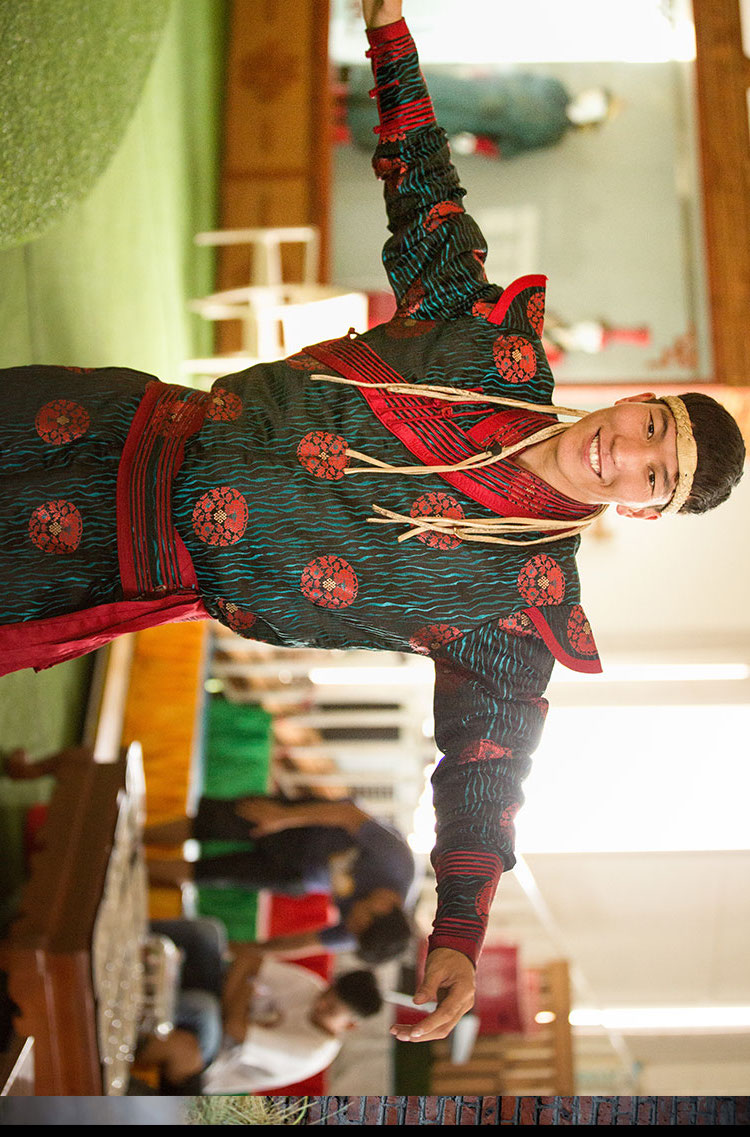



26qçᤶ«ùÅg¥Ø°₤¡þDÚæåûè¿é½ÀÈæåôú¯È˜ù«¤ë똯ÕÚç§Ñ¾ ÑÁù¿È˜åÖÔ@󘧱ë¡ø½ûè¿éæÍöá£₤çáÃëêèüȘÔ@éºáõïpàùÕ_ò¥êùæ奤çáÝÚîïèºîáÀÈ
Qogtu, a Khoomei singer from Mongolia who has been performing traditional throat singing at a cultural theater in Ordos for three months, said he would promote traditional Mongolian art to the world.


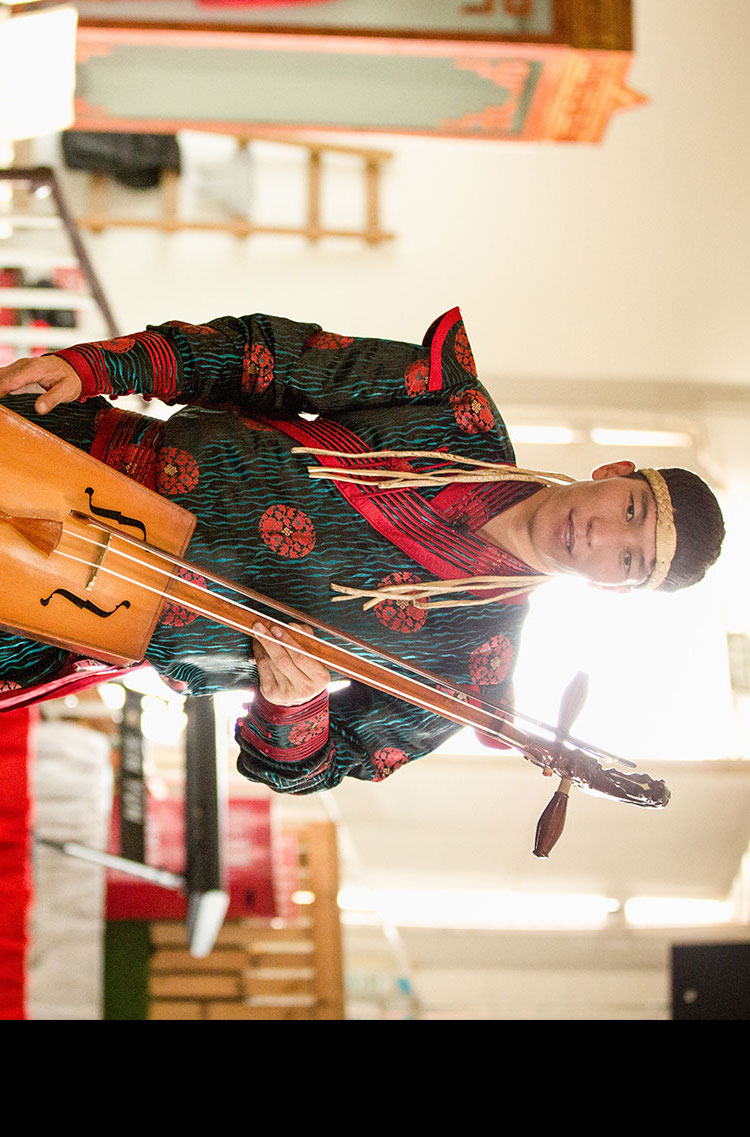



åÖ°₤¡þD¢ÇÚȘàûè¿éòúØ£ó˜Ôm¤ü¼§y(t´₤ng)öá£₤èºÇÌçáëêàâÀÈÆ^ÝÎù«çᤶ«ÝÚîïµØåÃêØçáíóôȘÔ@æù«èŸ¡Å·¯êȘØýÕæ奤æ¼ÕøÅûèè½öá£₤ò¿íÔçá§ú訡Åç§æå¤âÀÈ
À¯Khoomei is a traditional art form that has been practiced for hundreds of years. I studied it at school, because it makes me proud of Mongolian culture,ÀÝ he said.


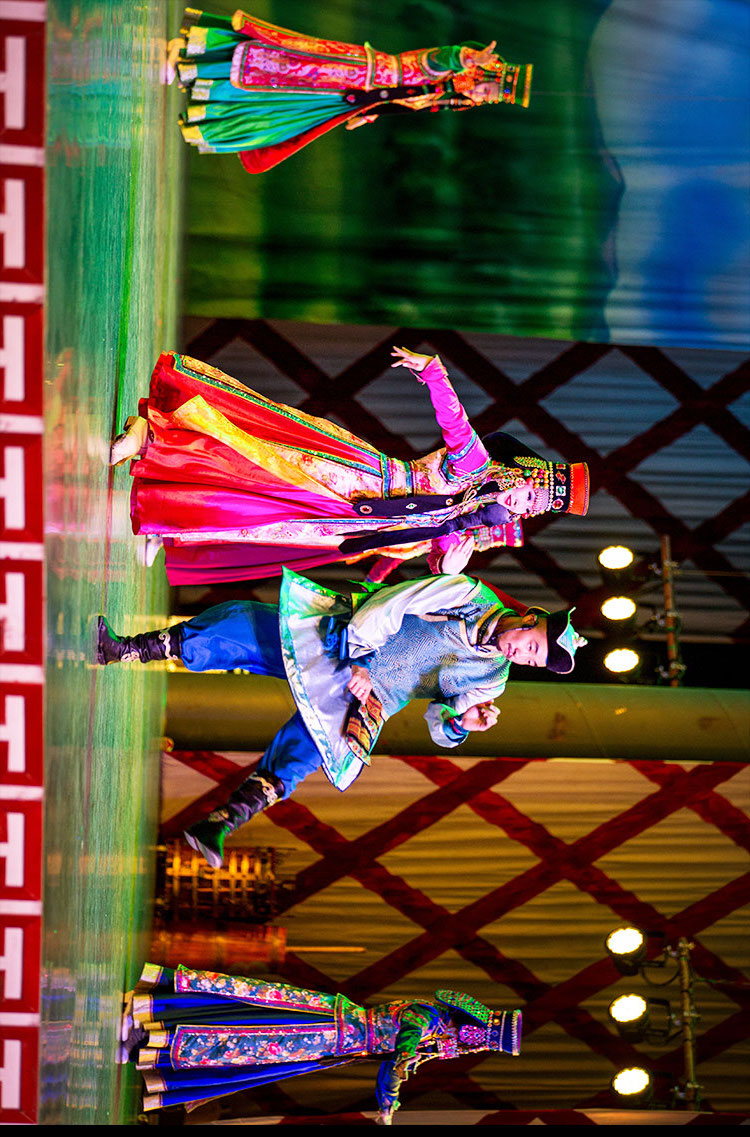



Šmࣰ₤¡þDåÖàûè¿éýé躣ŸæåôȘù«ÎÔ@ó˜ëêçÄ
sÛaèºêùèŸèŸçá¡ÅúÕÀÈù«üÈë«æ奤çá¡ÒôáÉåÖÔ@âÿòÉç§gÆÙȘØýüÈë«áÉÕ¼°Å¤¶«ùÅgĨIØ£ñïêÎê¢ÀÈ
ÀÑûè¿éæÍíf°ˆùÅg¥ØâÙö¼¯§ù¿ À¯ý£ë■°¾Åá ¼°ÅûþæÍöá£₤ÀÝÀñ
■c¶Õæx
Qogtu explained that he would like to stay in Inner Mongolia longer, as the atmosphere surrounding traditional culture there is strong. He further noted that he wanted more people to learn Khoomei, and to know the beauty of it.
Culture inheritance in Inner Mongolia: the story of great King Geser


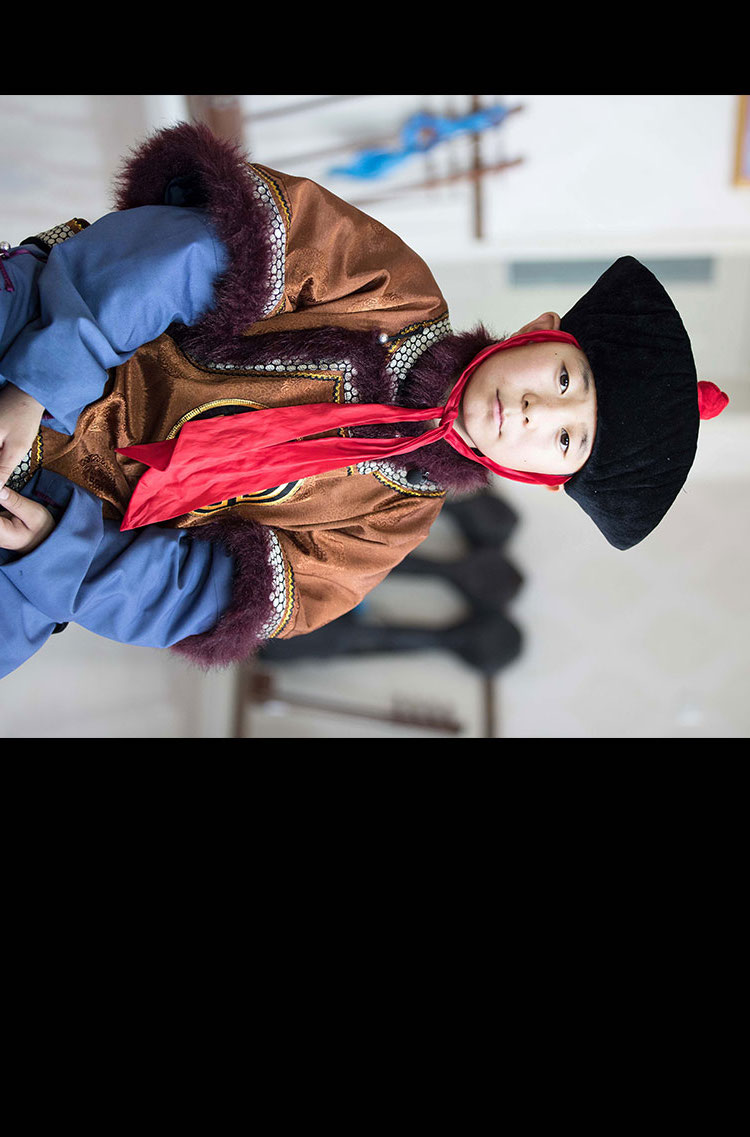



À¯öØ¥ÓÄø½¼°Å¾êΡþ çáò¿û■ȘöØÕÇù¡Å秤Éæå¤âÀÈöØüÈë«ë´Ô^ÝÚîïæǵ¥ØíJæR秾êΡþ çá¼àêÎÀÈÀÝ
úÁ¡þâíDȘ13q
庶äÄóšûè¿éæÍ·ÅÀWWèº
À¯I am now carrying the responsibility to preserve Uliger, for which I feel very proud. I hope more people can learn about my culture through my performance.ÀÝ
Qinggelt, 13
Student from Jarud Mongolian Primary School


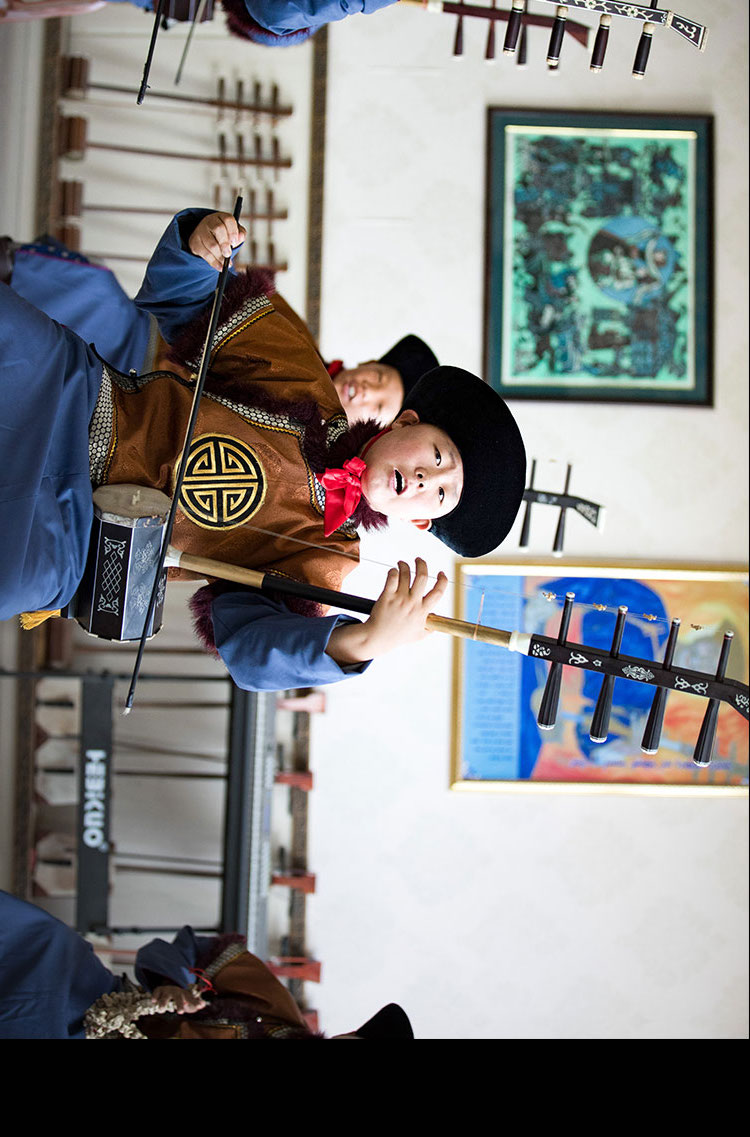



ûâ½æ¼¥ØW¤Áâ«å½ífçâȤÀ¯ÛØ£àùÃÜø½ù«çáùÅgrȘåìÑÁçá¡Ñ°—Øý¢èØåàäòÉÀÈÀÝ13qçáúÁ¡þâíD£·åS]æxÔ^W¤Áâ«çáæ¼óñȘ
sòúÔ@ƒðû«îåçáÜ`ÅÅíÔÀÈù«çá¡¡á¡Õù«àÀû«À¯úÁ¡þâíDÀÝÈ´ûèíZØãù¥ÕÕ_ÅáÈˋȘѽÔ@áŤÂØýåÖ¾êΡþ Ô@Ø£¼§y(t´₤ng)ûèæÍùÅgèüíØç§êùìÆÖæ奤çᢚñÀÈý£íîæîæüáàíÔòúµªµª¤ÛјȘúÁ¡þâíD¤ëù«çá£ÿ¯ÕÑ¥¤êý£ùèÅ¡çăê¾êΡþ ÀÈ
O. Henry once wrote, "When one loves one's art, no service seems too hard.ÀÝ Although 13-year-old Qinggelt may know nothing about O. Henry, his love for Uliger, the traditional Mongolian art of singing, has shown the truth of this famous statement.


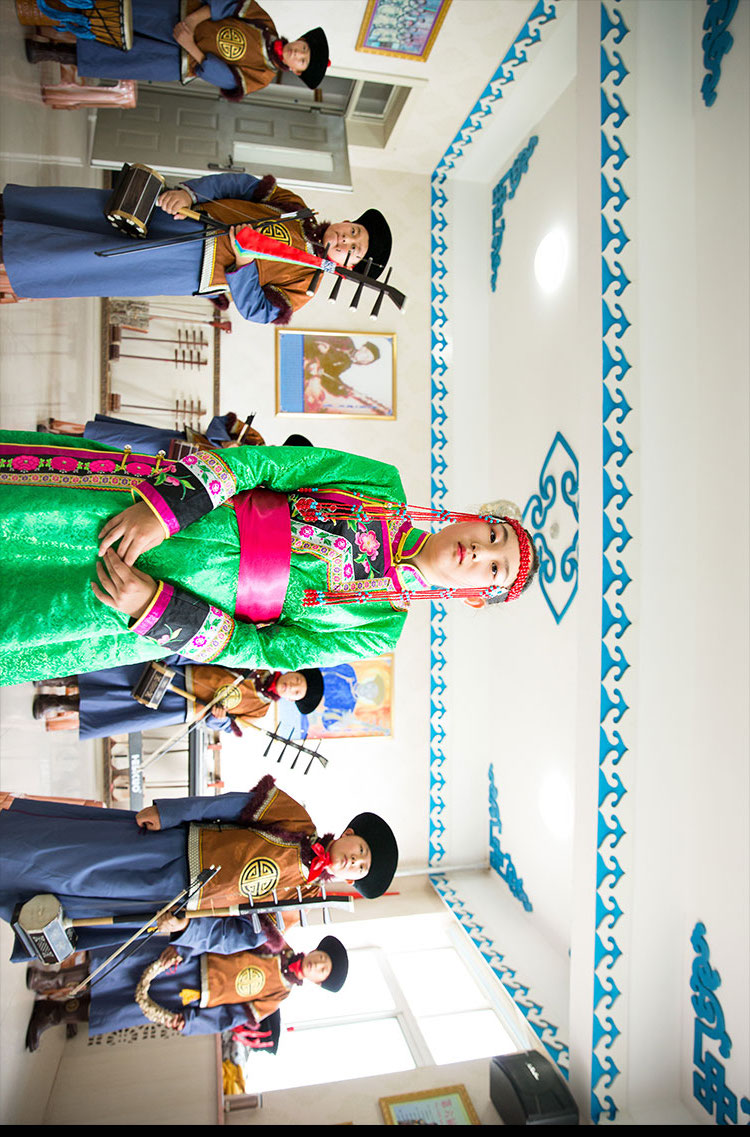



¾êΡþ ÆøÝ£ñQÕûè¿éæÍçáíf°ˆØ¶ñȘòúØ£ñNÂûè¿éæÍöáWæ¼óñ¤ë¼§y(t´₤ng)ضñ¤üѱÕØ£çáùÅgÝÚ˜F(xi´Ên)Åöò§ÀȾêΡþ ùÅg¥ØØ£¯Ðòø°øù᤺Ș¢Ñ¢Û¥Ê¯¤çÄ¡ÒÚûè¿éæÍçáèþåàùöÿ¤ëûþæÍÆÂÅÜÀÈ
Dubbed "Mongolian rap," Uliger is a form of traditional art that combines Mongolian music and literature, telling the legends of Mongolian mythological and historical heroes. Uliger performers usually play on a four-stringed fiddle, singing the stories rhythmically.






À¯¾êΡþ òúûè¿éæÍöá£₤øÅý£¢è£·àÝçáØ£ý¢ñøȘØî§ÇºÇºüÁ¼¤ÉÑÁáõêùÀÈöØçá¯ø¯øÑ¥¤ÉüýgöØ°ˆ¾êΡþ Șû¢äšöØѥ؈£´¤ÉÑÁrÕgƒê¾êΡþ Șç¨öØý£ÆXçûâÜȘöØÆXçû¤É¡ÔédÀÈÀÝúÁ¡þâíDífÀÈ
ÀÑýïåÙöá£₤çáâ^°ÅíÔȤñ§édöǯ˜çáàûè¿é¼§y(t´₤ng)öá£₤§äÆ»Àñ
■c¶Õæx
"Uligers are significant in our culture, given their long-standing tradition of passing stories on by word of mouth. I spend many hours every day polishing my singing skills and memorizing the stories, but I feel quite happy about it," said Qinggelt.
Cultural inheritors on the grassland: traditional art thrives in Inner Mongolian schools


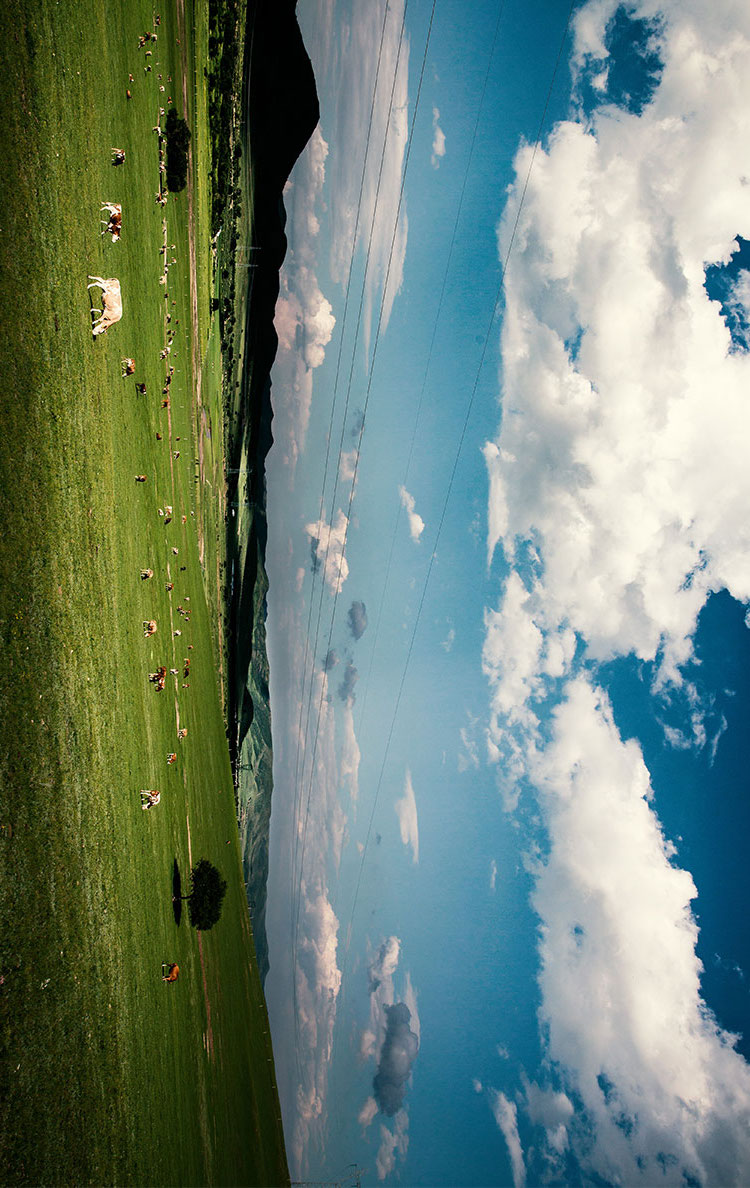

ÝO(ji´Àn)øóÈ¤Â£Ü ú°èê¥ °È¥t
(chu´Êng)ØãýÔȤ¢É§É
Dó˜È¤Tanja Herko
öáæøȤ¢É§É èõÆþÙh(hu´Ân) ÅšüÕ« ÂÍ«
åOÆȤõü
¥¥ÅgȤ¿ª¨éš
ÅÈȤÑéû¼û¼ Ÿáê
ضñȤâÙö¼¯§ù¿
